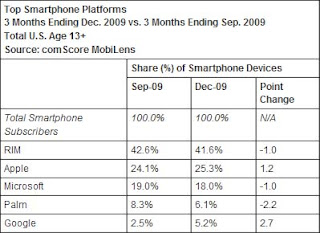Google has been named in a new class action lawsuit filed by Carp Law Offices on behalf of Galaxy Internet Services and it WiFi users in Massachusetts.
The suit is focused on the collection and storage of WiFi information by Google's Street View team. The suit alleges Google had covert packet sniffing WiFi receivers to help gather data on WiFi users. The suit says the practice is in violation of both federal privacy laws and Massachusetts's new data privacy law.
Google has admitted it did collect basic WiFi network data like SSID information and MAC addresses using its Street View cars. Google says the collection of private data from WiFi networks was unintentional.

"Google had no reason to collect WiFi information, despite their rationale that they had not used the information and that the 'payload data' they collected was only network information available to anyone," said Robert Carp of Carp Law Offices.
"It is our client's belief and the belief of the class action members that the data they extracted was private information, and they have violated both Federal and Massachusetts state privacy laws."
The complaint asks for class action certification, and for an injunction to prevent Google from destroying any of the data that could be used for evidence in a class action trial in Federal court.
Google says it has stopped its Street View cars from collecting any WiFi network data and it also has introduced SSL encryption on its search engine.
The suit is focused on the collection and storage of WiFi information by Google's Street View team. The suit alleges Google had covert packet sniffing WiFi receivers to help gather data on WiFi users. The suit says the practice is in violation of both federal privacy laws and Massachusetts's new data privacy law.
Google has admitted it did collect basic WiFi network data like SSID information and MAC addresses using its Street View cars. Google says the collection of private data from WiFi networks was unintentional.

"Google had no reason to collect WiFi information, despite their rationale that they had not used the information and that the 'payload data' they collected was only network information available to anyone," said Robert Carp of Carp Law Offices.
"It is our client's belief and the belief of the class action members that the data they extracted was private information, and they have violated both Federal and Massachusetts state privacy laws."
The complaint asks for class action certification, and for an injunction to prevent Google from destroying any of the data that could be used for evidence in a class action trial in Federal court.
Google says it has stopped its Street View cars from collecting any WiFi network data and it also has introduced SSL encryption on its search engine.


